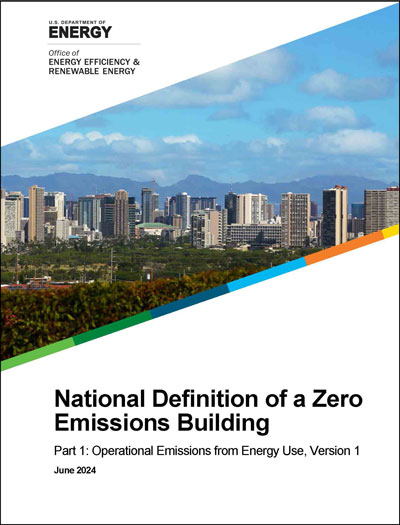Sources: U.S. Department of Energy; ASHRAE, Atlanta; CP staff

The Energy Department’s new National Definition of a Zero Emissions Building will augment public and private owner efforts to decarbonize commercial or residential properties and lower home and business utility bills. The U.S. has upward of 130 million buildings or homes, which collectively require $400 billion-plus a year to heat, cool, light and power. By 2050, DOE projects construction of 40 million new homes and 60 billion square feet of commercial floorspace.
“The National Definition of a Zero Emissions Building will support the sector as it advances innovative solutions essential to creating resilient communities and high-quality jobs,” says Energy Secretary Jennifer Granholm. “DOE is helping bring clarity to our public and private sector partners to support decarbonization efforts and drive investment—paving the way for the cutting-edge clean energy technologies we need to make America’s buildings more comfortable and affordable.”
Part 1 of the definition sets criteria for determining that a building generates zero emissions from energy use in building operations. At a minimum, a zero emissions building must be energy efficient, free of onsite emissions from energy use, and powered solely from clean energy. The forthcoming Part 2 will address embodied carbon and refrigerant impacts.
Eight major green building certification program operators in the U.S. intend to embed or align or exceed the National Definition of a Zero Emissions Building in their project criteria; federal agencies will use the document in leasing net-zero emissions buildings, which will become the standard for federal leases beginning in 2030.
Related articles
ASHRAE, ICC weigh feedback on building life cycle emissions draft
Mo-Sai: Brutally resilient